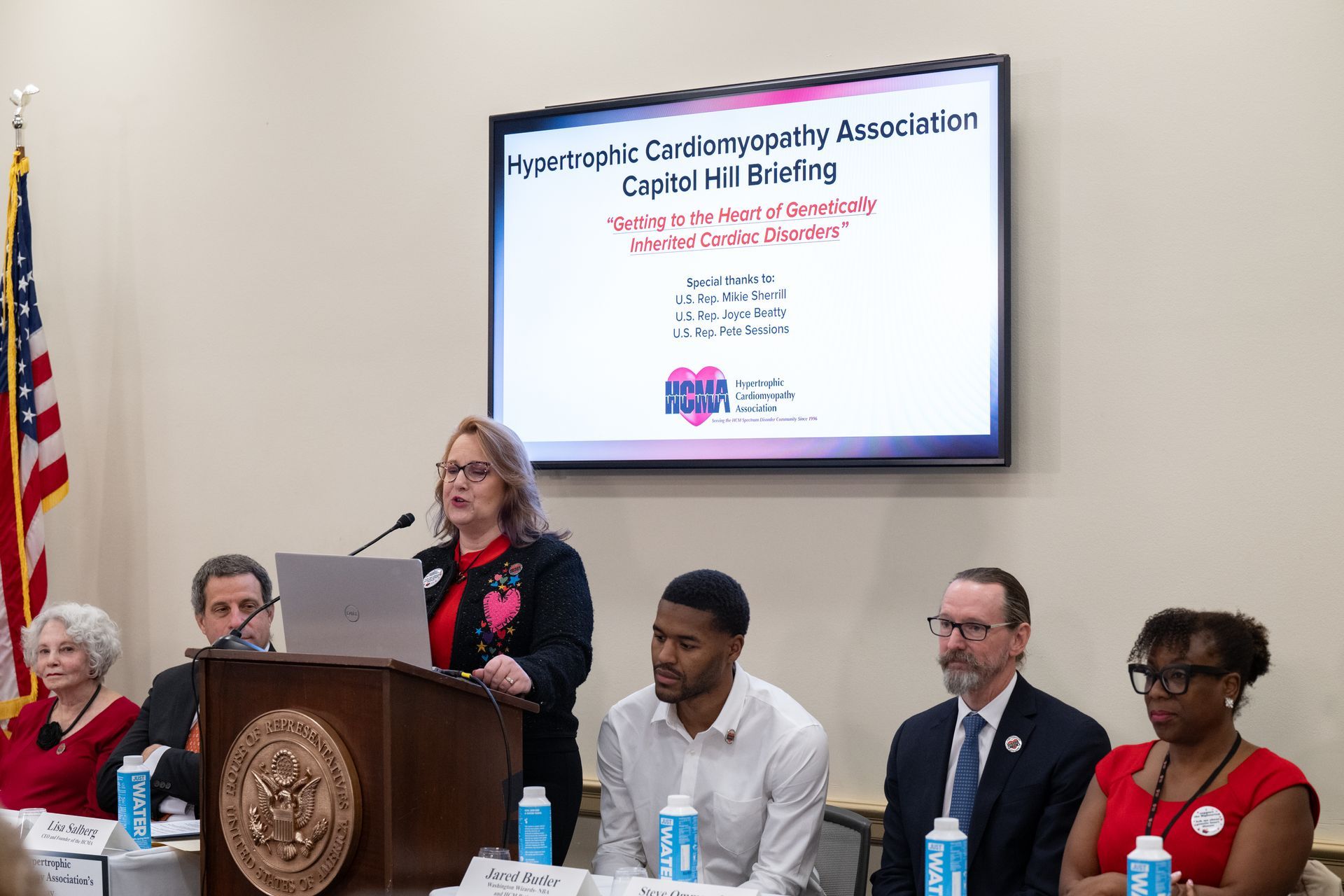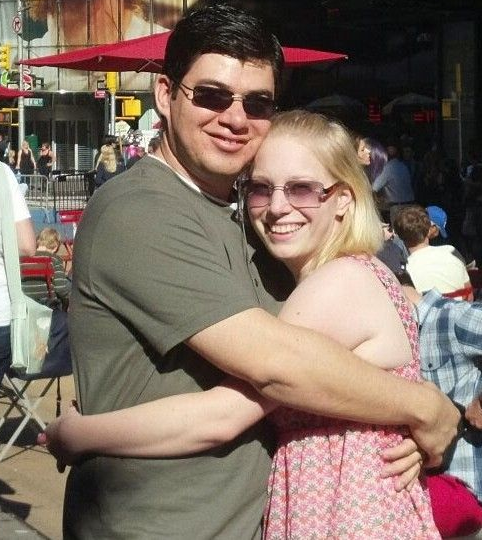
The HCMA is happy to announce our new sponsor Viz.ai in the coming months, you will be invited to a webinar to learn more about their methods to detect the undiagnosed. We plan to work closely with our Recognized Centers of Excellence to find the right methods of implantation of AI solutions to aid in identifying the currently undiagnosed. Here is the abstract from ACC “Racial and Phenotypic Variations in Detection of Hypertrophic Cardiomyopathy using an Artificial Intelligence-Enabled Electrocardiogram: Real World Experience,” by Matt Martinez and team at Morristown Medical Center.
Real world experience shows that the Viz HCM algorithm can be utilized with high diagnostic power, particularly for certain phenotypes (obstructive and apical) and races.
Algorithm validation study included 1,463 patients with left ventricular hypertrophy referred to the HCM center between 2018-2022 in a blinded fashion. Of these, 531 had a confirmed HCM diagnosis with mean age of 54.6 ±18 years, of which 62% were female, 81.7% caucasian, and 7.5% black, and the sensitivity and specificity were 68% and 89%, respectively. In subgroup analyses based on race, the model performed well in the black race (sensitivity, 72.5%), compared to sensitivity 66.8% in the Caucasian race. In patients with obstructive HCM (oHCM) without septal reduction therapies (n=154), the sensitivity of detecting HCM was 70.7%, while the oHCM with a history of septal reductive therapy group (n=121) had a sensitivity of 80.2%. The model performed particularly well in patients with the apical HCM phenotype. Meet the Viz team at the HCM Summit 8
The post New Sponsor- Viz.ai appeared first on Hypertrophic Cardiomyopathy Association.
HCMA Blog


 Translate
Translate
